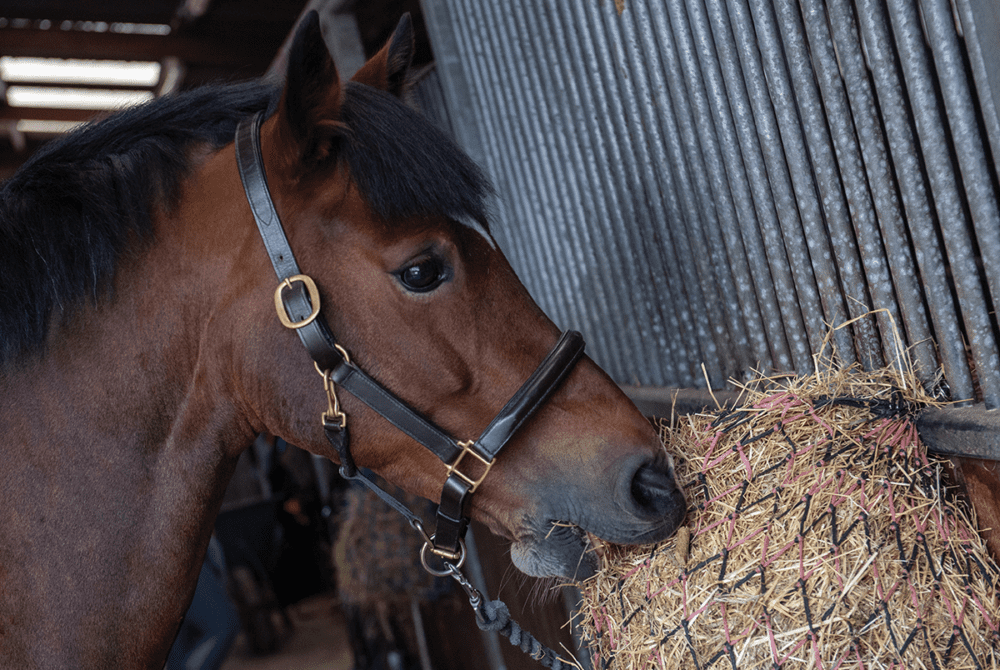Fibre facts
Posted 29th November 2022
We all know how important fibre is in the equine diet, but have you given much thought to the forms in which you feed it? Let’s see how they stack up

Fibre, fibre, fibre – we often hear about the importance of it for our horses but probably don’t get as far as thinking about the reason for this. For horses, fibre performs the very important function of promoting the movement of food through the digestive system thereby keeping everything functioning as it should. However, its benefits beyond this shouldn’t be underestimated. Did you know that fibre can also provide a horse with a huge proportion of his energy and nutrient requirements? Let’s look at some of the facts.
Digestive benefits
Fibre in the diet has benefits for all parts of the digestive system…
Mouth: Eating forage requires the horse to engage his cheek muscles more strongly than when consuming cereals. The more intense action increases saliva production, which then regulates acidity levels in the stomach.
Stomach: Feeding too little fibre has been shown to result in an increase in acidity levels in the horse’s stomach, which can then predispose him to gastric ulcers. Feeding cereals further increases acidity in the stomach, which only exacerbates the problem.
Small intestine: The gut tissue is naturally permeable to nutrients and impermeable to anything harmful. Stress, disruption of blood flow to the gut (for example, during exercise) and increased acidity can all break down the gut’s defences, making it more permeable, or ‘leakier’, meaning the horse becomes more vulnerable to infections and digestive upsets.
Hindgut (caecum and large intestine): The microbial population here breaks down fibre to produce energy and other nutrients, such as B vitamins. Fibre supplies slow-release energy and is also the energy source the gut cells use themselves.
Better with age?
Fibre levels in pasture are determined by the age of the grass plants. As plants mature and grow taller, they need more strength to stay upright. The substances required for this are referred to as structural carbohydrates, which include cellulose and lignin. Lignin in fact, isn’t a carbohydrate but it’s found in plant cell walls, where it binds with other nutrients thereby reducing their availability to the animal. The older and taller a plant gets, the more lignin is present, and the amount of lignin and structural carbohydrate determines the digestibility of a forage. This is why conserved forage, such as hay, is less digestible and therefore less nutritious than fresh pasture.
Find out more about the importance of fibre in the equine diet and how to feed it in January Horse&Rider – grab your copy today!










